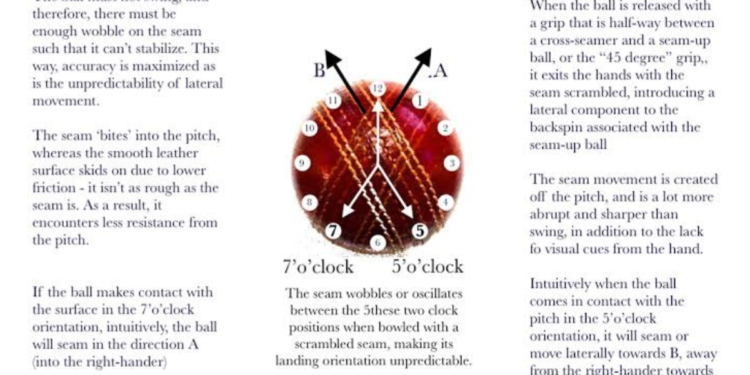1: Definition of TBD in Cricket
In cricket, TBD stands for “To Be Decided”. This term is commonly used when the final outcome or specific details of a match or situation are yet to be determined. TBD is often used when referring to future fixtures, scheduling of matches, or decisions that are pending in the game.
When TBD is mentioned in cricket, it signifies that certain aspects are still unknown and will be clarified at a later time. This term allows for flexibility in planning and organizing cricket events, giving room for adjustments based on various factors such as weather conditions, player availability, or other unforeseen circumstances. The use of TBD in cricket terminology helps maintain a degree of adaptability and responsiveness within the sport, ensuring that decisions are made with the most up-to-date information available.
2: Origin of TBD in Cricket Terminology
Originating from the cricket field, the abbreviation “TBD” quickly gained popularity within the cricket community. It found its roots in the need for a concise and efficient way to denote matches with uncertain timing due to various factors such as weather conditions or scheduling conflicts. The term spread amongst players, coaches, and fans alike, becoming a common part of cricket jargon in discussions around match schedules and fixtures.
With the fast-paced nature of cricket tournaments and series, the use of “TBD” became indispensable in keeping stakeholders informed about pending match details. Its introduction into cricket terminology provided a solution for indicating matches that were yet to be determined, allowing for flexibility in scheduling and providing clarity amidst the unpredictable nature of the sport. Over time, the term seamlessly integrated into the lexicon of cricket enthusiasts, reflecting the dynamic and evolving environment of the game.
3: Significance of TBD in Cricket Matches
TBD, short for “To Be Determined,” holds great significance in cricket matches. When a situation arises where the final outcome is uncertain or dependent on subsequent events, the term TBD is commonly used by commentators and analysts to highlight the unpredictability of the game. In cricket, where momentum can shift rapidly and the outcome can change with every ball bowled, TBD serves as a reminder of the dynamic nature of the sport and keeps fans engaged till the very end of the match.
The use of TBD in cricket matches reflects the strategic and tactical aspects of the game. Teams often find themselves in situations where crucial decisions need to be made based on the unfolding events on the field. Whether it’s declaring an innings, setting a target, or deciding on the bowling rotation, the element of TBD adds an element of suspense and excitement to the game, making every move and decision crucial in determining the final result.
4: Instances of TBD Used in Cricket
Instances of TBD used in cricket are commonly observed during rain-affected matches. In such situations, when the rain interrupts play, the match officials often declare a TBD time for play to resume, allowing for the possibility of a full match or a revised overs format depending on the remaining time and conditions. This term is crucial in determining the course of the match and provides clarity to teams and spectators alike on the potential outcomes.
Moreover, TBD is frequently referenced when discussing player availability for upcoming matches. In cases where a player is recovering from an injury or participating in another tournament, their inclusion in the team lineup may be marked as TBD until a final decision is made closer to the match date. This uncertainty adds an element of suspense and strategic planning for teams as they adjust their tactics based on the eventual confirmation of player availability.
5: Impact of TBD on Cricket Strategy
Understanding the impact of TBD in cricket strategy is crucial for teams and players alike. The usage of TBD allows teams to strategize and adapt their game plan dynamically based on various factors. It enables captains to make real-time decisions on field placements, bowling changes, and batting orders in response to the evolving game situation.
Moreover, the presence of TBD in cricket strategy adds an element of unpredictability to the game, keeping both spectators and players on the edge of their seats. This uncertainty forces teams to think on their feet and come up with innovative approaches to counter their opponents. As a result, TBD not only influences the tactical aspects of the game but also tests the mental resilience and adaptability of the players under pressure.























